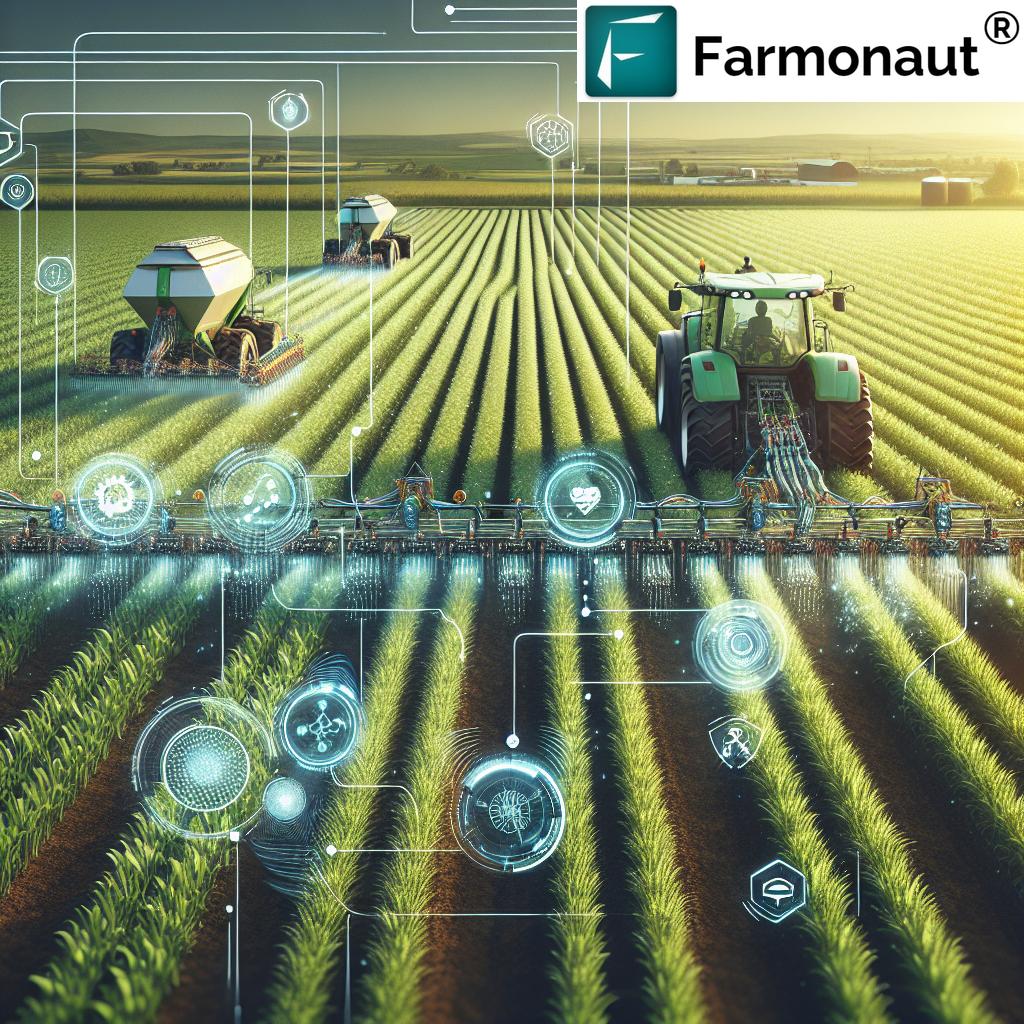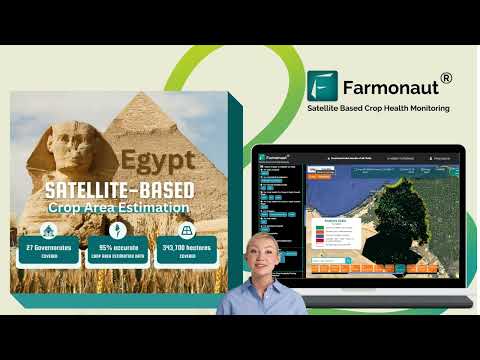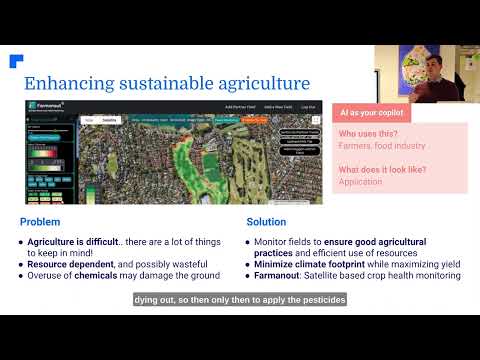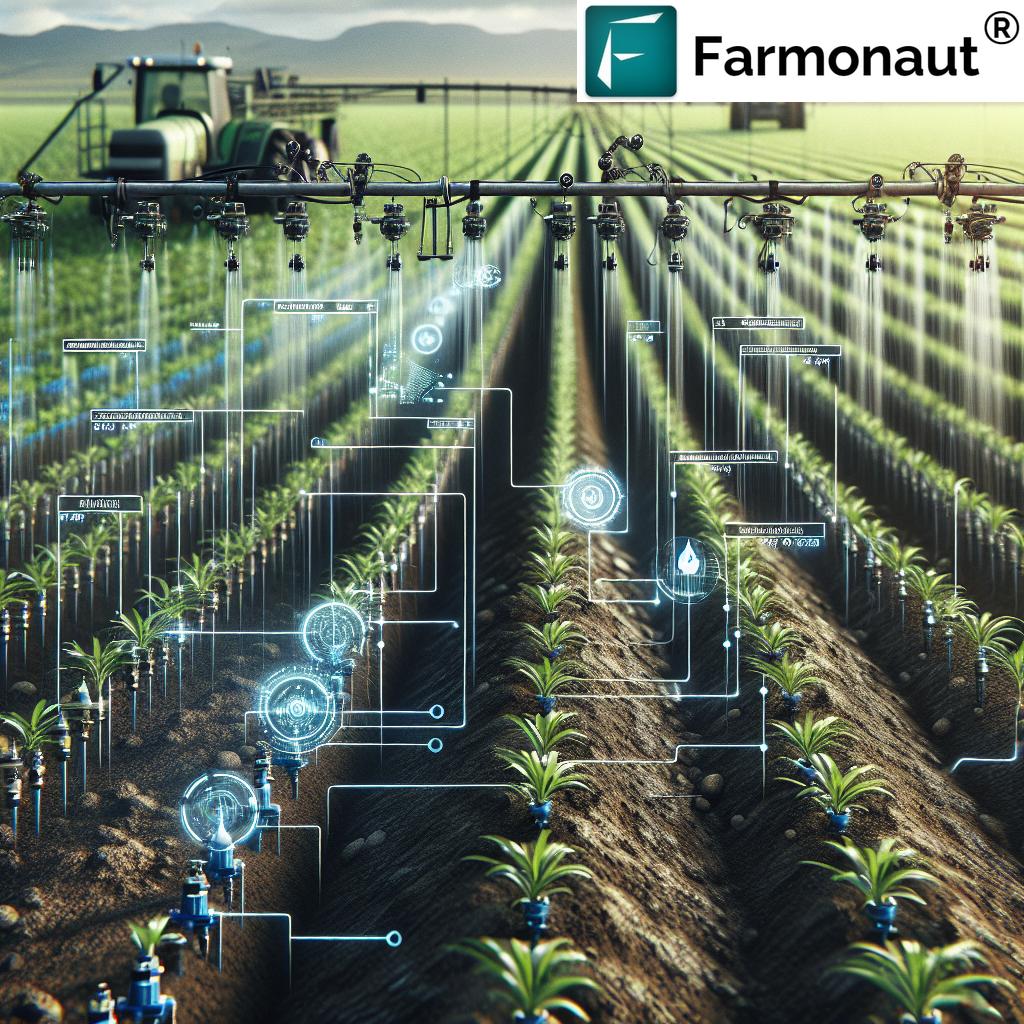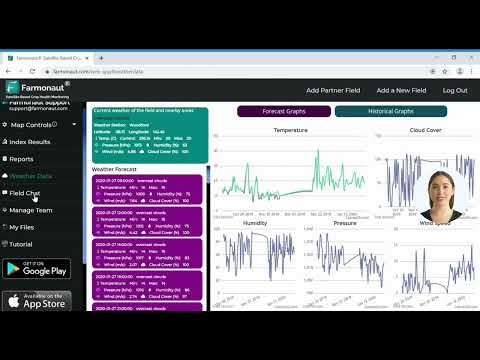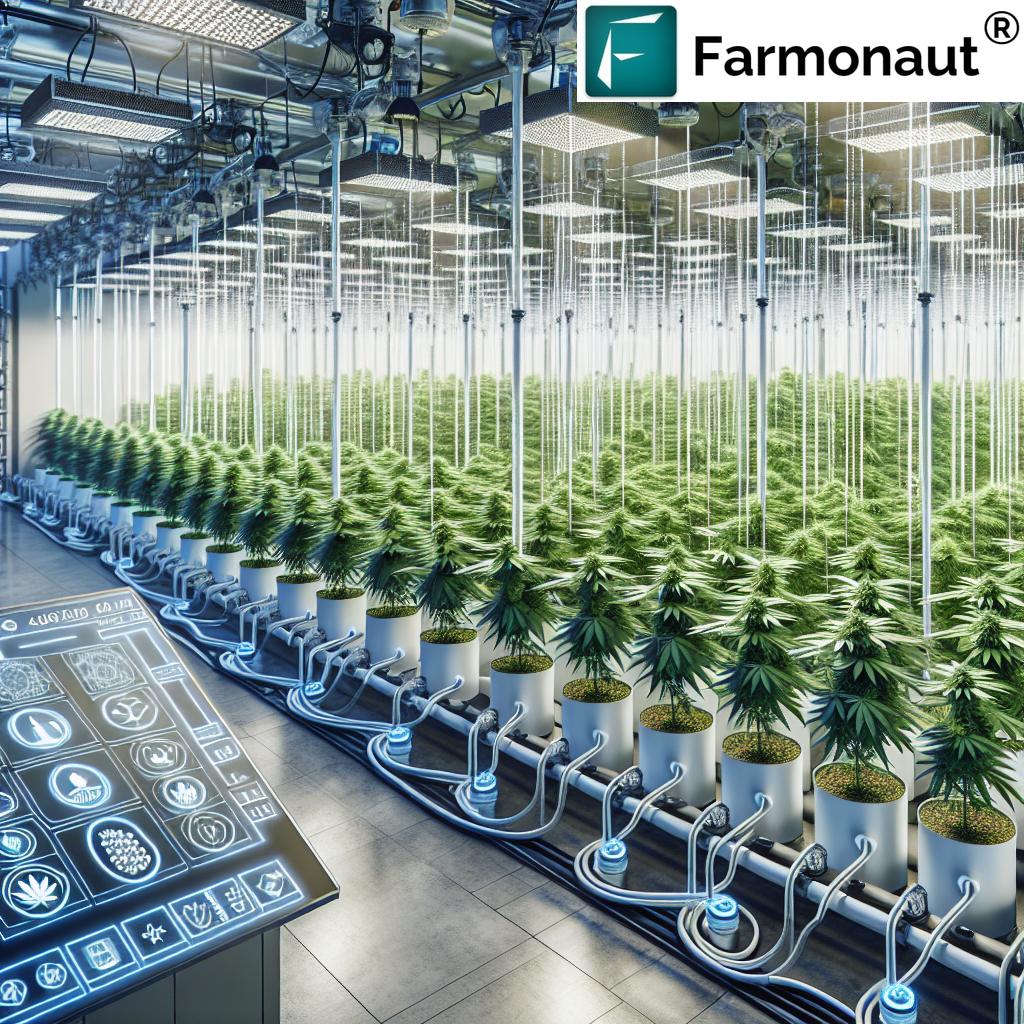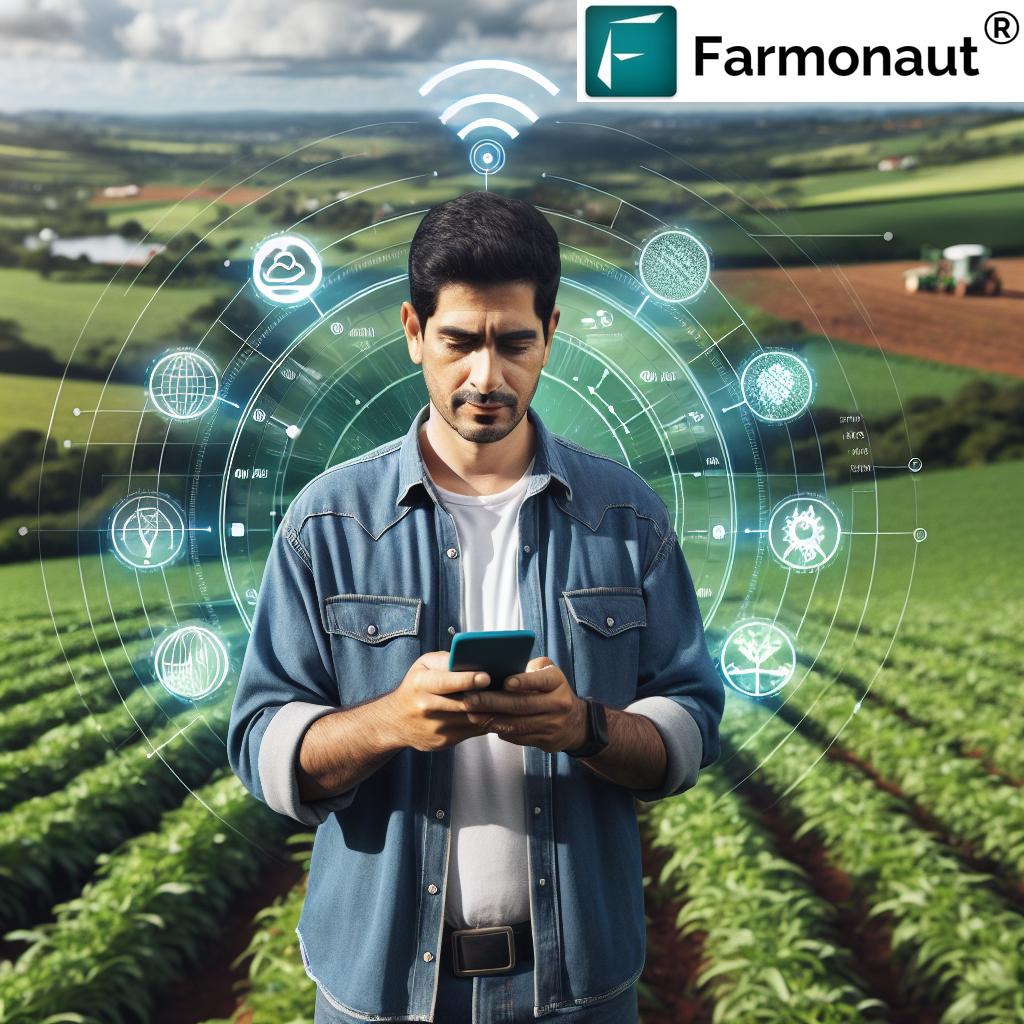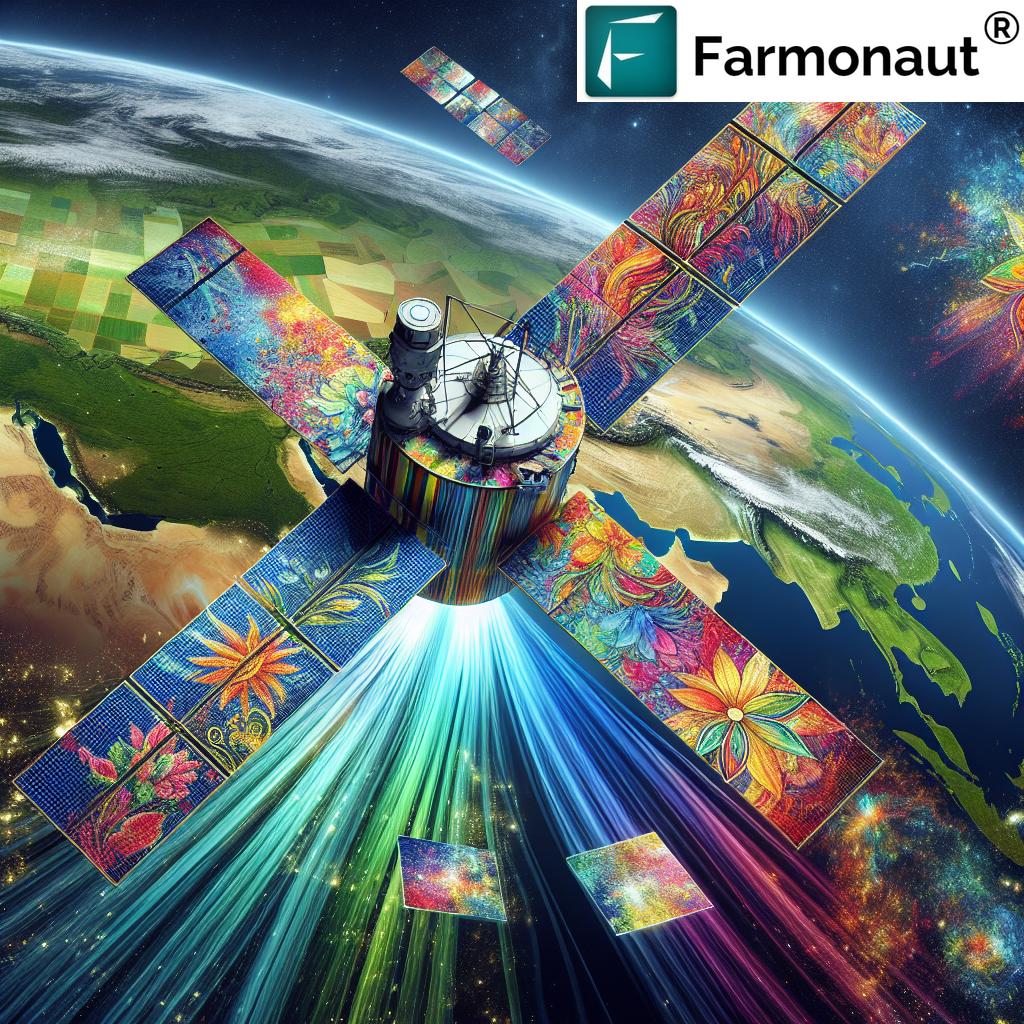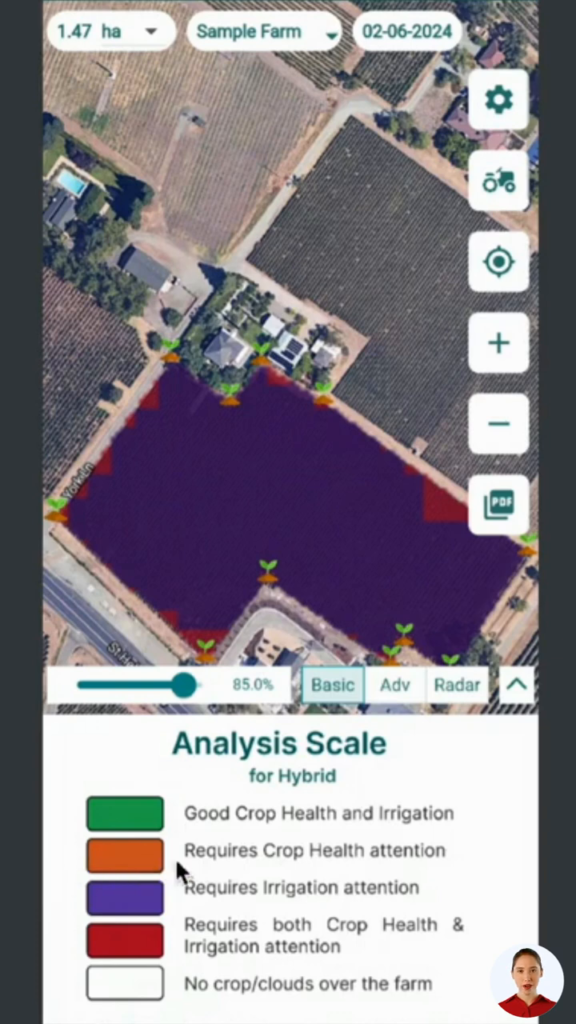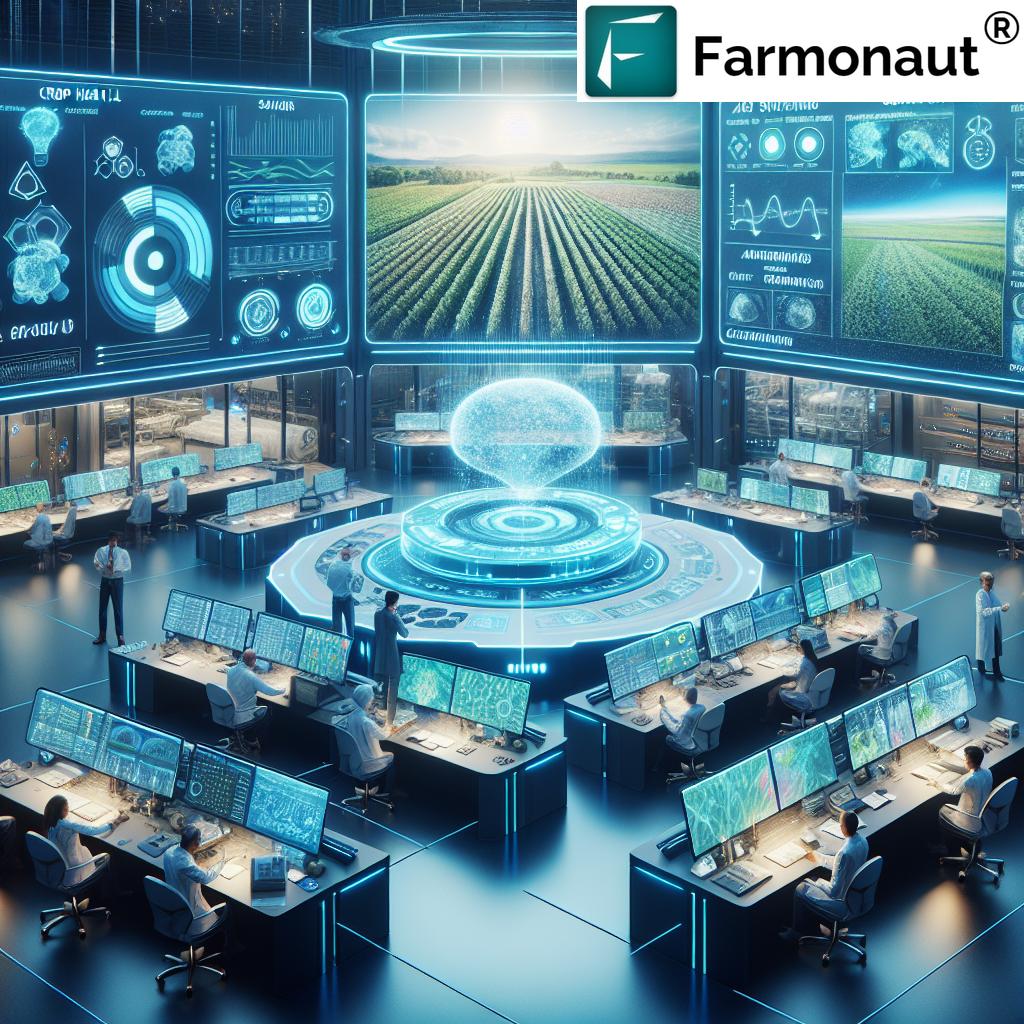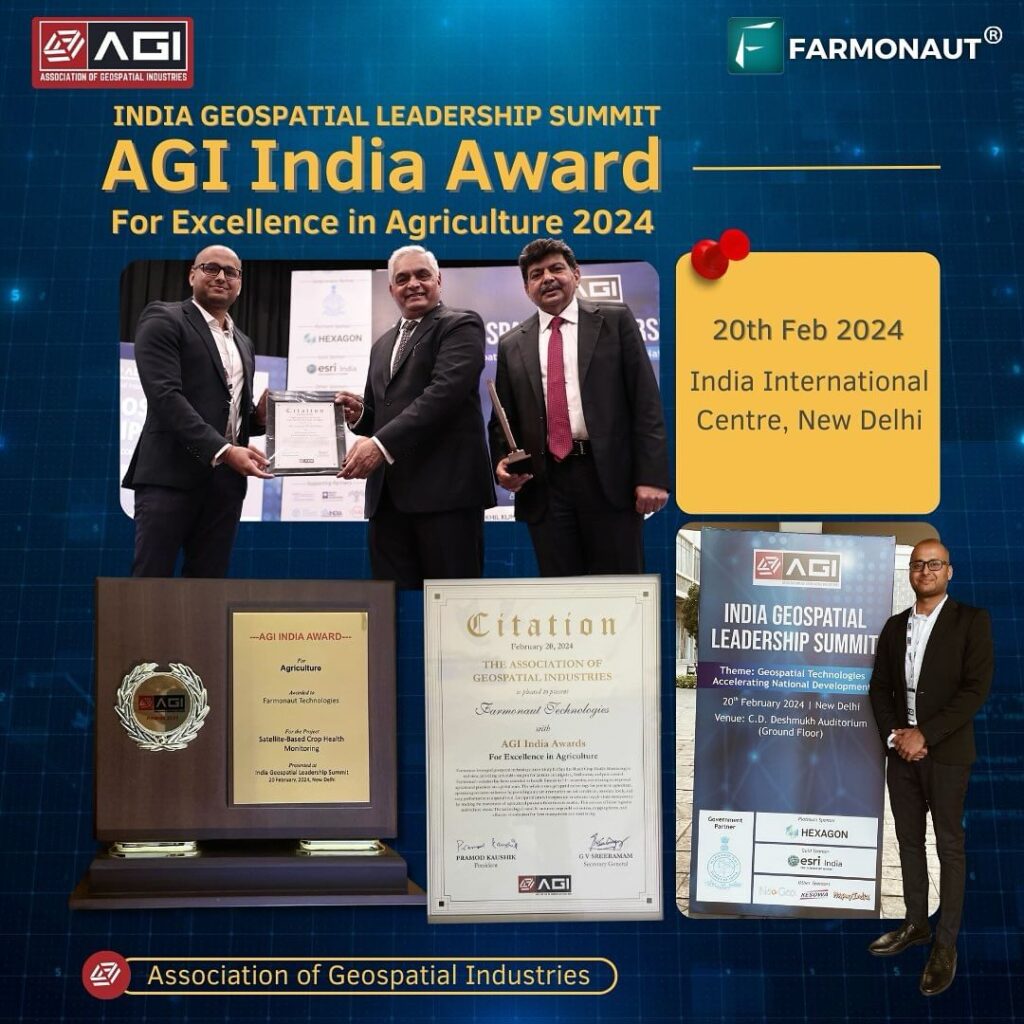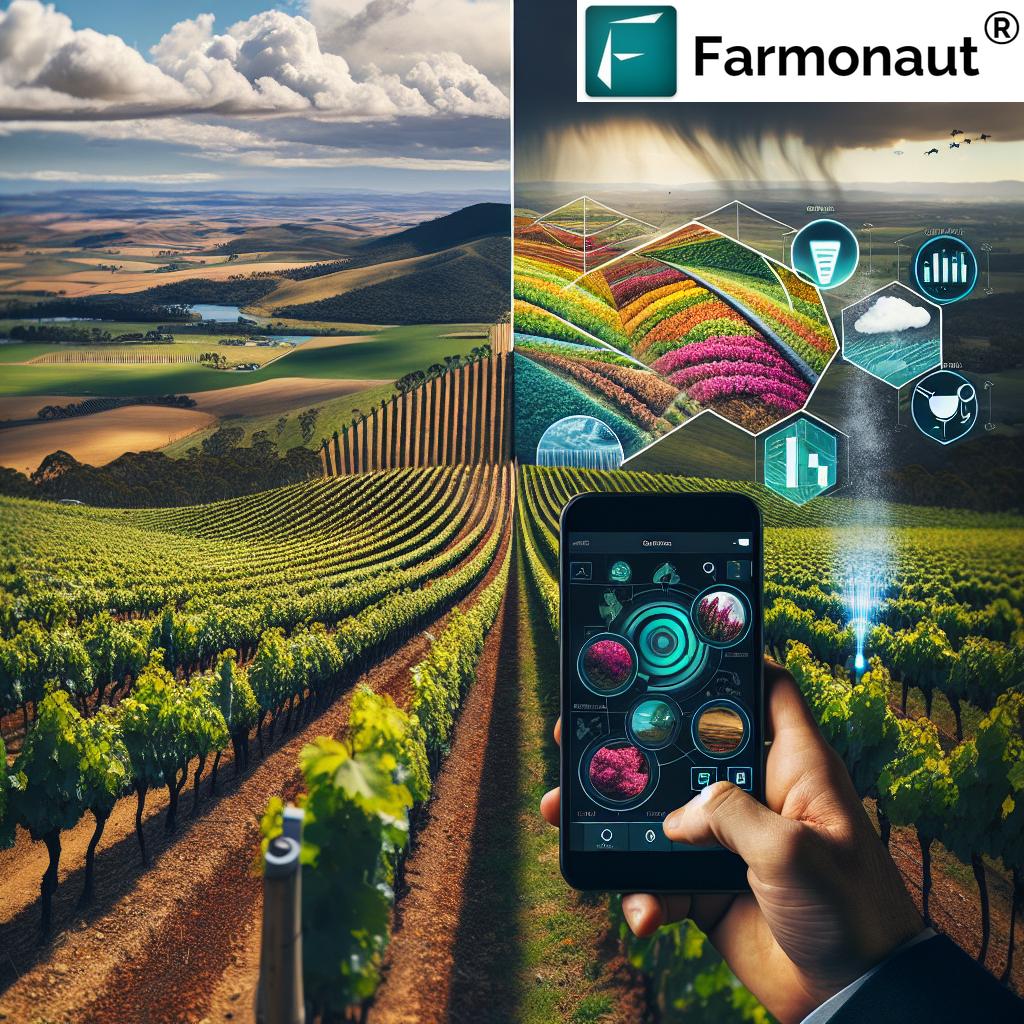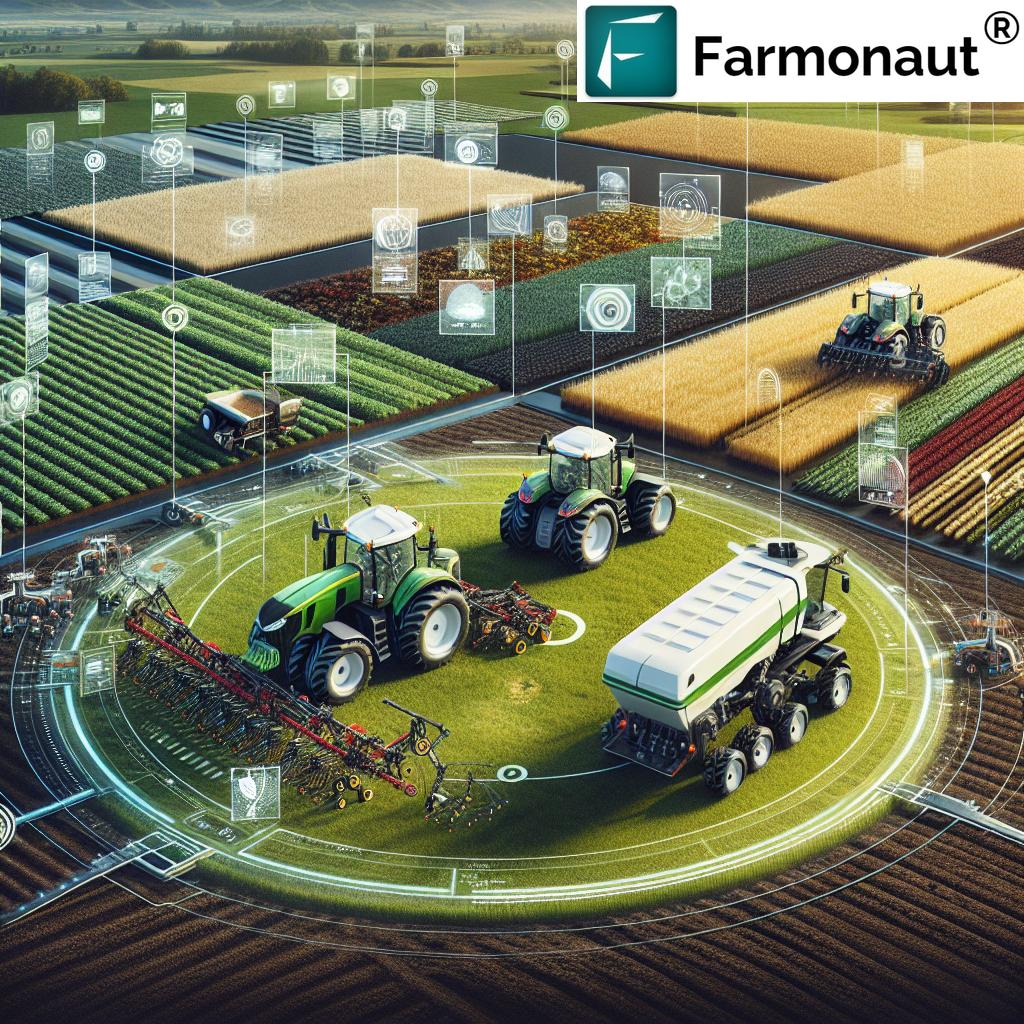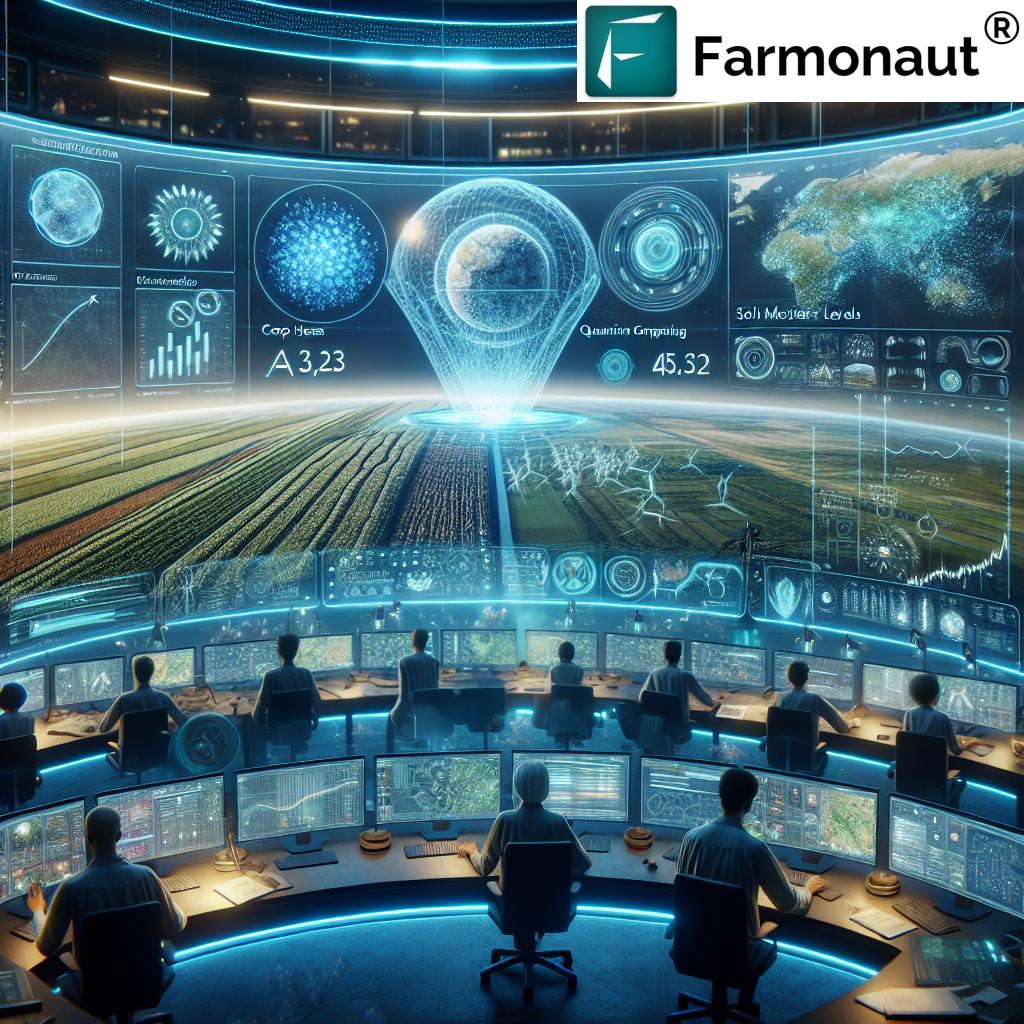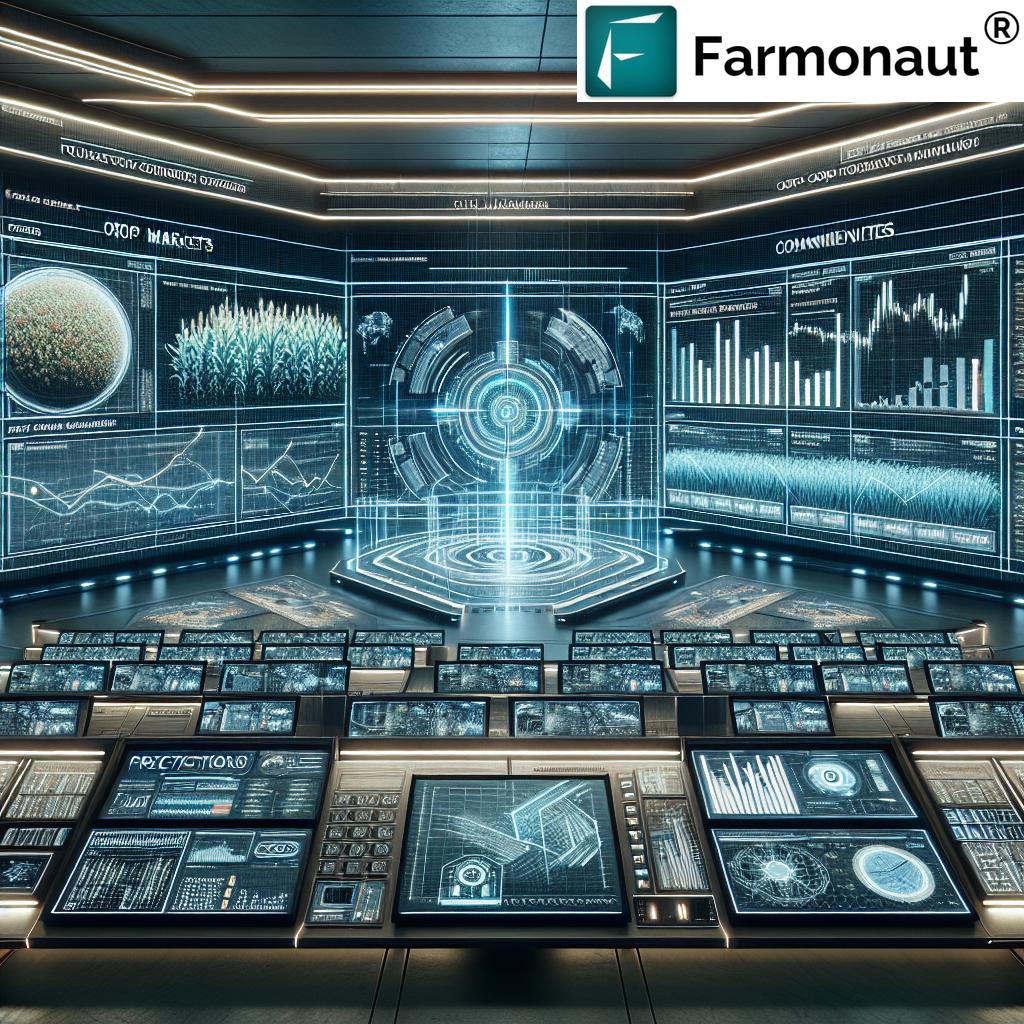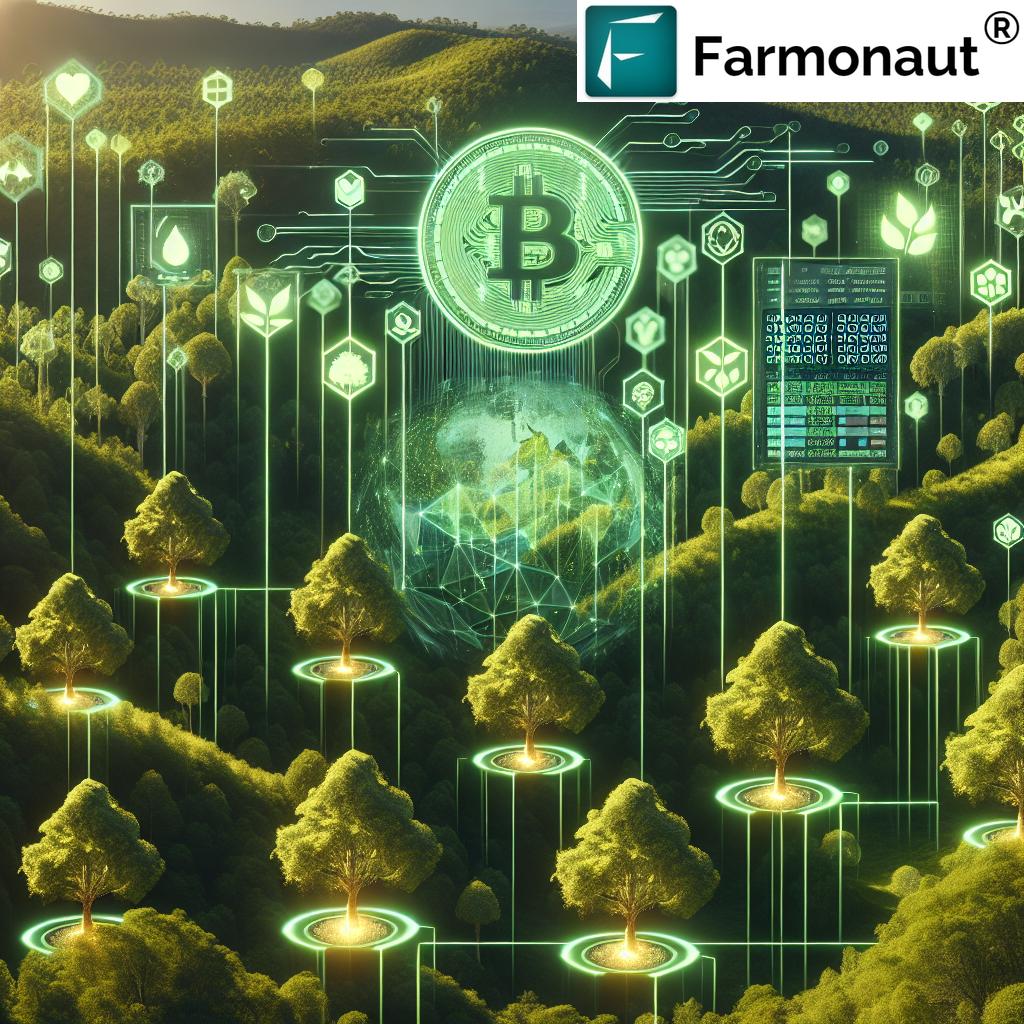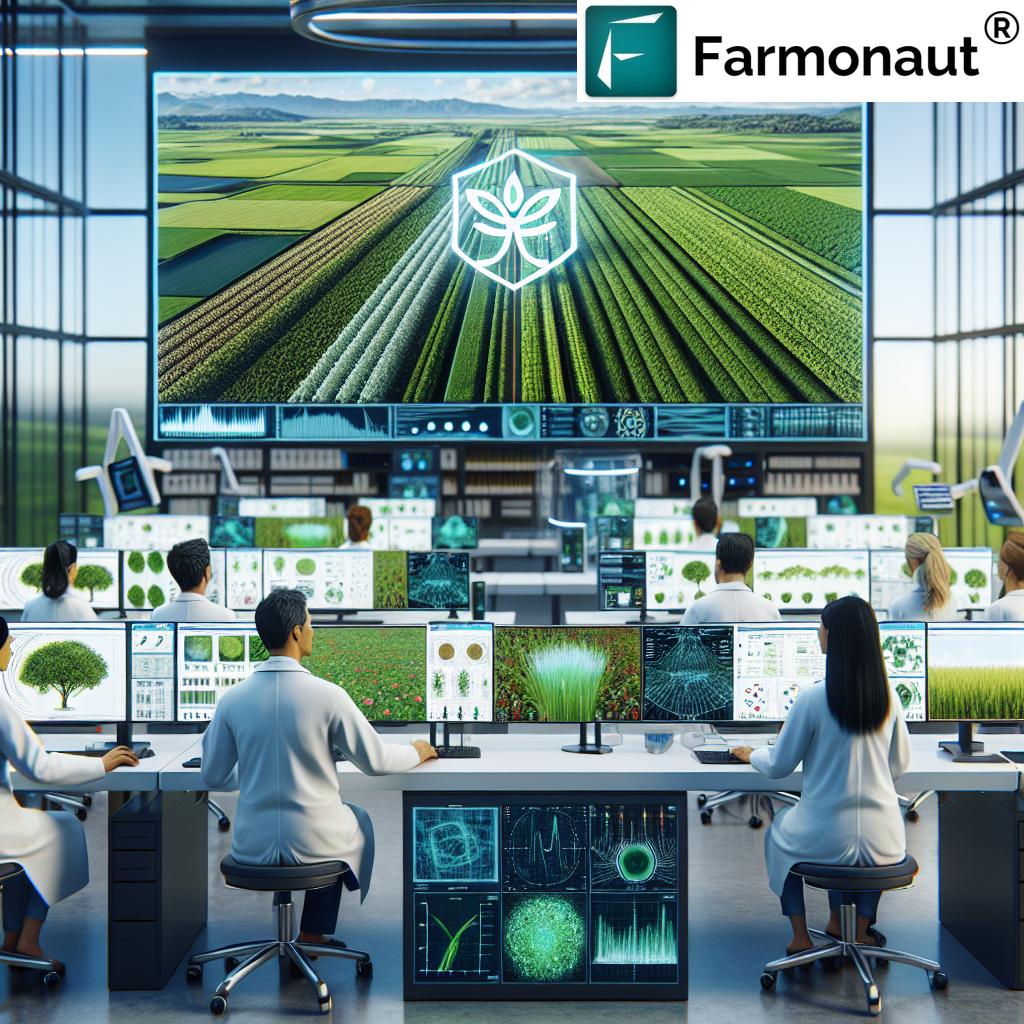Precision Agriculture Technologies: 10 Game-Changers Inside!
“Over 80% of farmers using precision agriculture report increased efficiency through data-driven decision-making tools.”
What is Precision Agriculture?
Welcome to the cutting-edge world of precision agriculture—where smart farming technologies, data analytics, and automated systems are transforming the way we cultivate, manage, and harvest crops. At its core, precision agriculture (also called smart farming) leverages advanced tools like GPS, remote sensing, machine learning, and sensor networks to deliver optimized, site-specific agricultural practices. By utilizing real-time data, automated machinery, and integrated systems, we can make better-informed farming decisions that drive productivity, increase efficiency, minimize resource waste, and significantly improve sustainability on every field.
As the world faces immense challenges such as food security, climate change, and finite natural resources, the need for advanced, environmentally responsible agriculture has never been more critical. By embracing precision farming practices, we—farmers, agribusinesses, and technology innovators—have the opportunity to revolutionize global agriculture, ensuring a brighter and more sustainable future for generations to come.
Why Precision Agriculture and Smart Farming Matter
Modern farming extends far beyond tractors and plows. Today, we rely on a dynamic fusion of environmental science, spatial analytics, machine intelligence, and automated field operations to enhance optimal crop growth, minimize waste, and ensure responsible stewardship of natural resources. By implementing precision agriculture, we maximize yield, strengthen economic viability, and promote environmental sustainability.
- Improve efficiency: Optimize field operations and reduce fuel and labor by using GPS guided equipment and automated systems.
- Enhance productivity: Boost crop yields by matching input application (seeds, water, fertilizers) to specific field conditions and crop needs.
- Reduce resource waste: Use variable rate technology (VRT) and sensor-driven adjustments to prevent overuse of fertilizers and chemicals.
- Data-driven decisions: Rely on real-time data analytics and machine learning to detect issues early and optimize decision-making.
- Promote sustainability: Integrate precision irrigation systems, leaf sensors, and remote monitoring to conserve water and reduce environmental impact.
- Address climate challenges: Use AI-based advisory systems for weather forecasting and risk prevention.
Top 10 Game-Changing Precision Agriculture Technologies
Let’s dive into the most impactful innovations empowering smart farming today—and learn how each technology is reshaping agriculture, farm management, and the future of food security!
“Smart sensors in agriculture can reduce water usage by up to 30% while maintaining optimal crop health.”
-
GPS & Auto-Guidance Systems
Global Positioning System (GPS) is the backbone of precision agriculture, providing real-time, precise location data to guide farming machinery. When integrated with auto-guidance systems, our tractors and sprayers can follow predetermined paths with remarkable accuracy, reducing overlap in operations like planting, fertilizing, and harvesting. This process maximizes resource efficiency, reduces fuel consumption, and boosts overall productivity.
- Enables automated, GPS guided farming equipment for streamlined field operations.
- Minimizes input waste and environmental impact by avoiding double treatment of areas.
- Enhances navigation accuracy during night operations or poor visibility.
Learn more about Farmonaut’s large-scale farm management solutions using satellite-based monitoring and precise guidance tools.
-
Variable Rate Technology (VRT)
Variable Rate Technology (VRT) tailors the application of seeds, fertilizers, and chemicals to the specific needs of each field zone. By analyzing soil characteristics, historical yield data, and real-time sensor input, farmers can adjust the rates of inputs on-the-go via VRT-enabled machinery, avoiding over-application and maximizing crop growth potential.
- Reduces resource waste and input costs.
- Improves yield by catering to the variability within fields.
- Promotes environmental sustainability by minimizing chemical runoff.
Explore API for seamless integration:
Farmonaut Satellite & Weather Data API -
Remote Sensing and Drones for Crop Monitoring
Remote sensing in agriculture leverages satellite imagery and drones to provide detailed aerial perspectives of crop fields. Equipped with specialized multispectral sensors, these platforms capture high-resolution images to aid in early detection of pest infestations, nutrient deficiencies, or water stress. Drones for crop monitoring allow us to observe fields in real time and intervene with precision—often before visible symptoms appear.
- Identify specific issues on a plant-by-plant basis.
- Implement site-specific management for timely nutrient, pesticide, or irrigation interventions.
- Farmonaut’s platform uses advanced satellite-based crop health monitoring to provide actionable insights on NDVI, soil moisture, and stress levels—enabling smarter, real-time farm management.
-
Data Analytics and Machine Learning in Agriculture
Powerful data analytics and machine learning algorithms process massive volumes of agriculture data from sensors, machines, and remote monitoring systems. These advanced tools help us identify patterns, forecast weather conditions, predict pest outbreaks, model plant growth, and offer optimal planting and input application decisions.
- Machine learning in agriculture powers predictive analytics for risk mitigation and higher yield.
- Improves timeliness of interventions and resource allocation.
- Supports farm management optimization with customized, data-driven farming solutions.
Farmonaut’s Jeevn AI system delivers personalized advisory, weather forecasts, and actionable strategies—making precision agriculture even more accessible for all farmers.
-
Internet of Things (IoT) and Smart Farming Solutions
IoT in agriculture connects sensors, equipment, and control systems, allowing us to remotely track soil moisture, crop conditions, equipment status, and weather changes in real time. Smart farming solutions rely on sensor data to automate irrigation, machinery maintenance, and environmental adjustments, ensuring high efficiency and rapid response to changing field conditions.
- Monitor environmental parameters continuously for smarter interventions.
- Enable seamless automation and more responsive farm management.
- Benefit from scalable IoT and sensor-driven systems via Farmonaut’s robust platform for large and small farms alike.
-
Precision Irrigation Systems
Precision irrigation systems use automated controls and sensors to apply water directly to where and when it’s needed—eliminating inefficient, traditional watering methods. By incorporating soil moisture data and environmental feedback, these systems adjust output in real time, reducing water waste and ensuring every plant receives optimal hydration.
- Automated irrigation minimizes resource waste and promotes sustainability.
- Critical tool in drought-prone or water-scarce regions.
- Linked with Farmonaut’s real-time data monitoring for efficient water management decisions.
-
Precision Seeding
Seeding technologies deliver seeds with exact spacing and depth for each plant, optimizing plant population and improving crop yield. Unlike broadcast seeding, which can waste seeds and promote uneven emergence, precision seeders ensure ideal germination conditions and support the growth of high-value crops.
- Boosts germination rates and uniformity of growth.
- Reduces seed and labor costs in the planting stage.
- Is especially beneficial for vegetables, specialty grains, and research trials.
-
Leaf Sensors for Real-Time Plant Health Monitoring
Leaf sensors measure moisture levels and water loss in plant leaves, providing instant feedback about water status and plant health. By linking leaf moisture data with irrigation controls, we can fine-tune water application, reduce waste, and swiftly address water deficit stress.
- Enable early detection of plant drought or stress.
- Facilitate precise, data-driven water management and savings.
- Integrate with farm-wide IoT networks for broader environmental monitoring.
-
Precision Livestock Farming (PLF)
Precision livestock farming uses electronic sensors, cameras, microphones, and other tools to monitor animal health, production, and welfare. PLF collects continuous data on environmental conditions, feeding, and behavior—helping us track animal wellbeing and intervene swiftly to increase efficiency and reduce disease risks.
- Improves animal productivity while ensuring ethical standards.
- Reduces input costs through real-time tracking and targeted nutrition.
- Strengthens disease prevention and early detection of health issues.
-
FarmBot: Open-Source Precision Automation
FarmBot is an open-source agricultural robot designed to automate complex farming tasks—including sowing, watering, weed control, and monitoring. FarmBot systems are controlled remotely via a web interface and can operate in various environments, making them a powerful demonstration of how precision automation will shape the future of agriculture.
- Reduces manual labor and supports consistent farm management standards.
- Adaptable to both research plots and market gardens.
- Encourages technological experimentation and DIY farming innovations.
Comparison Table of Precision Agriculture Technologies
| Technology Name | Primary Function | Estimated Yield Improvement (%) | Efficiency Gain (%) | Environmental Impact | Example Applications |
|---|---|---|---|---|---|
| GPS & Auto-Guidance | Accurate navigation, equipment control | 5-10% | 10-15% | Reduced fuel & chemical use | Tractors, sprayers, planters |
| Variable Rate Technology (VRT) | Site-specific input application | 5-25% | 15-30% | Lower runoff, reduced input waste | Seeders, fertilizer & pesticide applicators |
| Remote Sensing & Drones | Real-time crop & field monitoring | 10-25% | 10-20% | Reduced pesticide & water use | Crop scouting, water stress mapping |
| Data Analytics & Machine Learning | Predictive analytics, pattern detection | 8-20% | 15-30% | Prevents over-application of chemicals | Yield prediction, pest forecasting |
| IoT & Smart Solutions | Sensor automation, real-time monitoring | 7-18% | 12-25% | Optimized water & energy use | Automated irrigation, machinery alerts |
| Precision Irrigation | Water delivery accuracy | 5-20% | 10-30% | 30% water savings | Drip/sprinkler systems with sensors |
| Precision Seeding | Exact seed placement | 10-20% | 10-12% | Reduced seed waste | Row crop planters |
| Leaf Sensors | Plant stress & moisture monitoring | 5-15% | 10-15% | Reduced over-irrigation | Automated irrigation control |
| Precision Livestock Farming | Animal health & productivity monitoring | 6-15% | 10-20% | Lower antibiotic use, better welfare | Wearable sensors, barn automation |
| FarmBot | Automated farm task execution | 10-25% | 20-30% | Reduced labor, input savings | Indoor/outdoor vegetable beds |
Benefits of Precision Agriculture on Modern Farms
Modern precision agriculture tools do far more than just automate basic tasks—they augment our decision-making power, lower input costs, increase yields, and create long-term sustainability. Let’s examine key benefits:
- Higher Productivity: By optimizing planting, input application, and irrigation based on real-time analytics, we consistently achieve higher yields and product quality.
- Reduced Input Costs: Adopting variable rate and sensor-based systems means using only what’s needed—saving on seeds, fertilizer, pesticides, and labor.
- Environmental Sustainability: Data-driven precision tools help us conserve water, reduce runoff of agrochemicals, and limit greenhouse gas emissions—contributing to a healthier ecosystem.
- Data-Driven Farming Solutions: Access to actionable data creates opportunities for smarter crop planning, disease prevention, and risk mitigation.
- Automated Monitoring & Management: Remote sensing and IoT systems allow us to oversee even the largest fields—increasing operational efficiency while reducing manual oversight.
- Enhanced Traceability: Technologies such as blockchain-based product traceability ensure every product’s journey, from seed to store, is transparent, secure, and verifiable. This builds consumer trust and streamlines regulatory compliance.
- Access to Financing & Insurance: Satellite-based verification, like Farmonaut’s crop loan and insurance solutions, facilitate efficient, fraud-resistant financing for farmers—making technology adoption far more accessible across regions.
Farmonaut: Empowering the Future of Data-Driven Precision Agriculture
Farmonaut stands at the forefront of smart farming innovation, delivering next-generation data-driven farming solutions to growers, agribusinesses, and researchers worldwide. Our platform bridges traditional practices with advanced remote sensing, AI-driven analytics, and integrated farm management tools. Here’s how Farmonaut transforms modern agriculture:
- Satellite-Based Crop Health Monitoring: Using multispectral satellite imagery, we monitor crop growth, soil moisture, and stress at both macro and micro levels. This allows for informed, site-specific interventions at the earliest sign of problems—leading to higher yields and reduced resource waste.
- Jeevn AI Advisory System: Our proprietary AI tool delivers personalized farm advice, weather forecasts, and management strategies based on real-time field data.
- Blockchain-Based Traceability: Secure, end-to-end traceability solutions using blockchain to enhance transparency and integrity of agricultural supply chains.
- Fleet & Resource Management: Optimize logistics and equipment utilization with smart tracking tools—reducing operational costs and improving machinery safety.
- Carbon Footprinting: Track farm emissions in real time with our intuitive platform. Our carbon footprinting service helps agricultural businesses monitor, report, and reduce their environmental impact, supporting sustainability and market compliance.
Best of all, Farmonaut makes the promise of advanced, affordable precision agriculture a reality for every size of farm through subscriptions or API integrations.
Challenges and Considerations for Smart Farming Adoption
While the benefits of precision agriculture are transformative, several real-world challenges remain:
- Initial Investment: Advanced precision farming technologies (hardware, software, and connectivity) can be expensive, especially for smallholder farms.
- Data Management & Ownership: Concerns over data ownership, privacy, and ethical use of farm data persist among growers. Our systems should prioritize farmer-centric data rights.
- Technical Complexity & Training: Integrating multiple sensors, platform interfaces, and management software requires technical know-how and support. At Farmonaut, we strive to make precision technology user-friendly and accessible.
- Interoperability: Fragmented standards can hinder seamless integration of diverse farm equipment, sensors, and digital systems. Unified, open platforms are critical.
- Infrastructure Limitations: Reliable internet connectivity and power are still challenges in some rural locations, limiting the use of advanced, cloud-connected farm tools.
Despite these challenges, the pace of innovation, policy support, and practical training is rapidly accelerating the adoption of precision agriculture—even in resource-limited environments.
Looking Ahead: The Future of Precision Agriculture Technologies
The global precision agriculture market is poised for exponential growth driven by cutting-edge breakthroughs:
- Nanotechnology Integration: Nanosensors and nanofertilizers promise even more precise nutrient delivery and soil monitoring, reducing chemical use and enhancing yield.
- Autonomous Machinery: Fully autonomous tractors, drones, and robots will soon handle field operations with minimal human oversight.
- AI-Powered Decision Support: Machine learning and AI will automate not just tasks, but decision-making—optimizing crop rotations, resource allocation, and risk management in complex, unpredictable climates.
- Integration & Accessibility: Cloud-based platforms and APIs for developers will allow seamless integration of precision data into local apps, research programs, and cooperative decision systems.
- Global Impact: Wider access to affordable, data-driven technologies (as pioneered by Farmonaut) will empower smallholders, large farms, and new entrants to revolutionize food production sustainably worldwide.
As these smart agriculture technologies become universal, we will collectively address the world’s urgent needs—food security, climate resilience, and responsible resource stewardship. The future is bright, and it is precision-driven!
FAQs About Precision Agriculture & Smart Farming Technologies
What is precision agriculture?
Precision agriculture is a farming management approach that uses digital tools, data analytics, remote sensing, sensors, drones, and automated equipment to optimize crop input, increase productivity, reduce resource waste, and promote sustainability through tailored, site-specific decisions.
How does GPS benefit farming equipment?
GPS provides precise positioning and auto-guidance for tractors and field equipment, reducing overlap in seeding, fertilizing, and spraying. This enhances accuracy, reduces fuel and labor costs, and minimizes resource waste across all field operations.
Can small farmers adopt precision agriculture?
Absolutely! Affordable digital platforms like Farmonaut provide scalable, real-time monitoring and advisory tools—even for small and medium-sized farms. By leveraging apps, satellite data, and pay-as-you-go services, farmers of any scale can adopt smart practices and benefit from data-driven decisions.
How do I implement remote sensing and crop health monitoring?
Integrate satellite imagery and/or drones equipped with multispectral sensors. Platforms like Farmonaut’s provide NDVI and soil moisture insights, enabling early detection of issues such as water stress, nutrient deficiencies, and pest infestations. This ensures timely intervention for optimal yield.
What are the environmental benefits of precision agriculture?
Precision agriculture significantly reduces over-application of water, fertilizers, and pesticides. Sensor-driven automation and data analytics conserve resources, prevent chemical runoff, promote soil health, and minimize greenhouse gas emissions—contributing to sustainable and regenerative farming.
What support is available for technical adoption?
Farmonaut offers comprehensive support through its multi-platform app, real-time advisory systems, extensive documentation, and accessible tech support. You can also integrate with APIs for custom solutions or consult educational resources for technical training.


